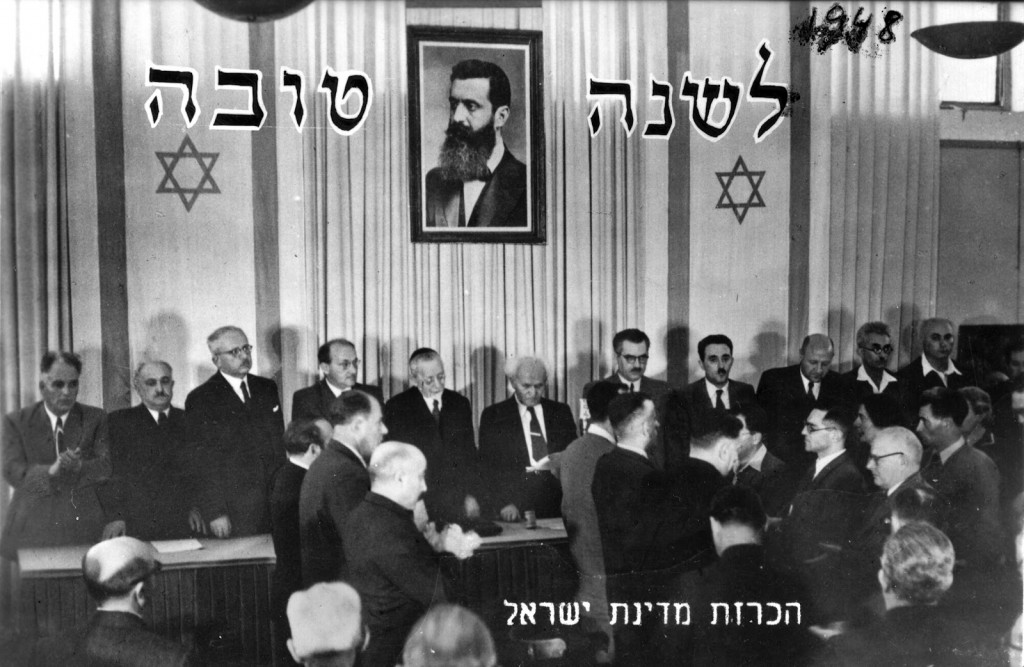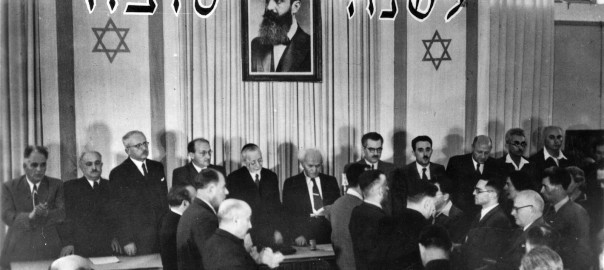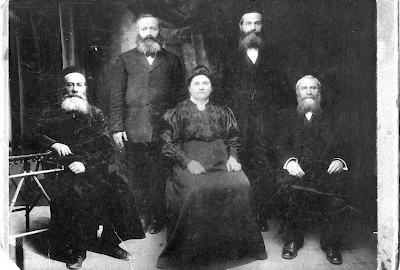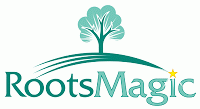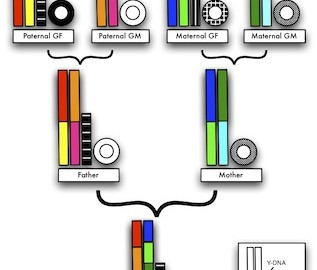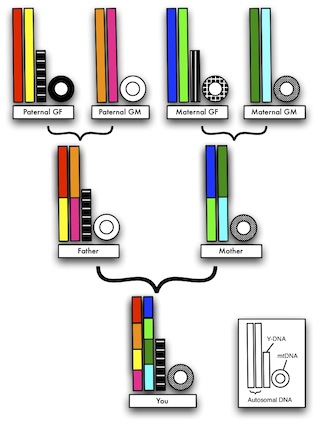It’s a common problem for those researching their family history. You find an album or a box of photos, and you have no idea who the people in the photos are, or even how to go about finding out. In many cases, you may not even know if the people in the photos are related to you at all.
In my own family research, where I’ve spent considerable time reaching out to relatives to try to collect family photos, it’s not uncommon to find a cousin with photos of people they don’t know anything about. Sometimes I’ve only figured out who people are by finding the same photo, or a photo of the same person, in the possession of other distant cousins who might have a labeled photo. Sometimes you need to do a bit of detective work, such as if the photo has a studio stamp on the back showing where it was taken, which can help you figure out which cousins to ask about them (i.e. if the studio was in Rzeszow, Poland and you have only one branch of your family you know lived there, then start by sending the photo to other descendants of that branch and asking if they’ve seen the photo or otherwise know who the people are).
I’ve had some luck in researching photos in that I have a few 90+ year old relatives who remember who many of the people are, but sometimes you run into a picture that nobody knows about. My guess in many of these cases the photos are of people related to the person who saved the photo, but not to you. In other words, from the other side of the preserver’s family.
Imagine finding a group of family photos preserved by your third cousin’s grandfather, whom you are related to, and one photo out of the group ends up being his wife’s family’s photo. You could contact a hundred of your distant cousins and never find a match for the photo because simply, the photo is of people not related to you.
One that I think falls into this category is the following photo, which I found among my first cousin twice-removed (i.e. my grandfather’s first cousin)’s photos:
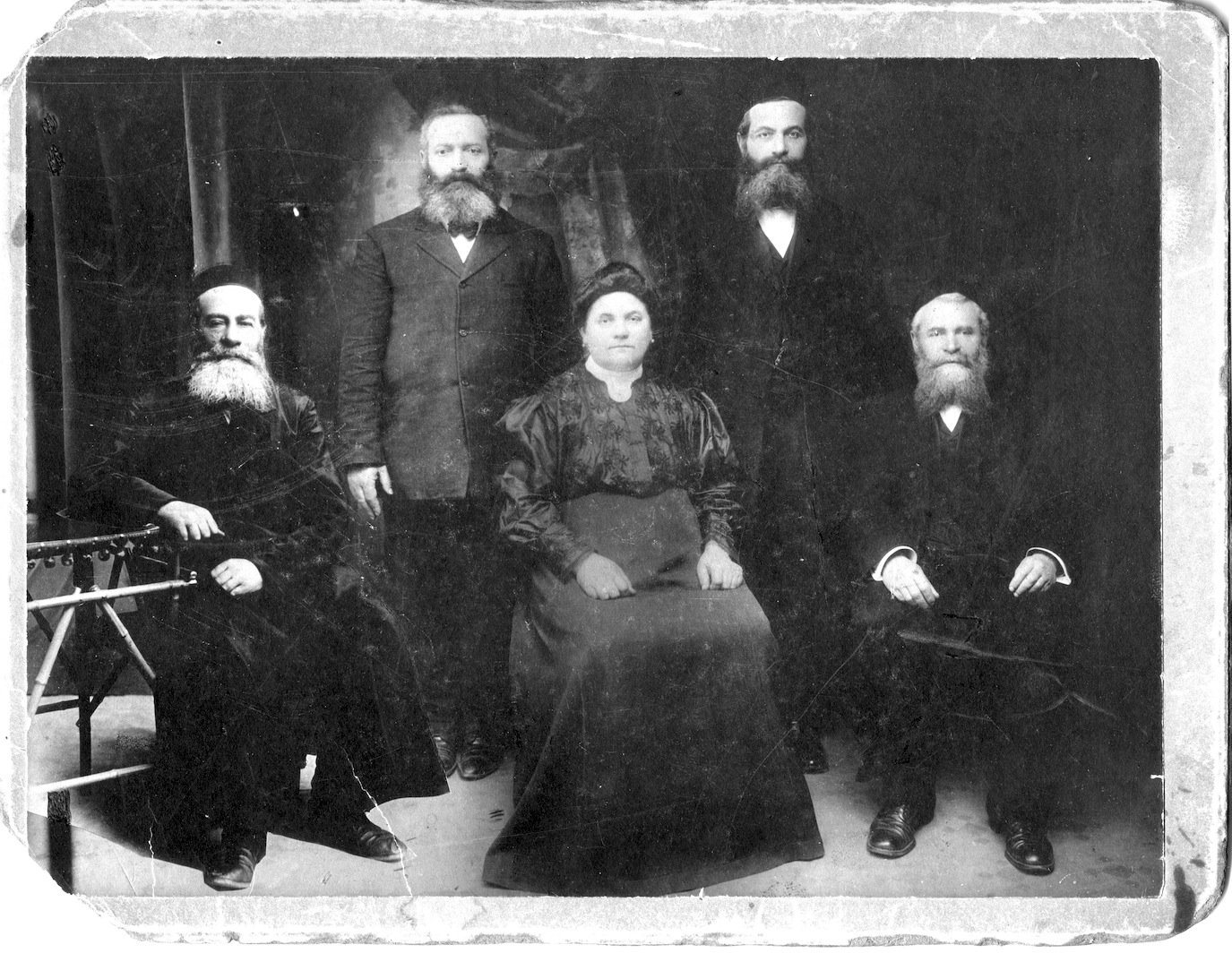 |
| Family Photo – 19th century? Poland, probably. Click to enlarge. |
Now it’s a great photo, right? Probably 19th century. Most likely taken in Poland. I have no idea who any of the people are. The relative who shared this photo with me, now deceased, had no idea who was in the photo. I’m related to his father, and have a lot of other photos of our mutual family, but not these people. So perhaps they’re connected to his mother’s family? Could be, but I’m not in touch with any of them, so I don’t know. That family’s name is Augenblick, in case you might be related. Then again, they could be from another branch entirely. It could be his mother’s mother’s family, whose name I don’t know, or could be people not related at all.
If you’ve seen this photo, or any of the people in it, certainly be in touch. Also, if you’ve seen the prop the man on the left is leaning on in any of your family photos, let me know. If you know what town it was taken in by identifying the prop or the background, then that can help figure out what family this might be. I actually have two other photos taken in the same studio with the same prop, both around WWI, and while I knew who the people were, I only knew the location of one of the photos. By noticing the same prop and background in both photos, it let me figure out the location of the photo. Interestingly enough the photos each showed by great-grandfathers, but before their children married each other some 30 years after the photos were taken.
One interesting thing about the photo is that the man on the left, presumably the father, is not in the same photo as the other people. If you’re confused, take a closer look and you’ll notice that he’s a cut-out from a different photo. The easiest place to see it is on the bottom left where the table leg is partly colored in to match, and the floor under the table changes color. Also, his left foot (right side in the photo) has a clear white line that comes to a point, showing where the negative was presumably spliced.
Are the other four people his children? Is one of them a spouse? Was this put together after the father died? Where is the mother? I don’t know the answers to these questions.
I have a lot of family photos which I’ve collected over many years from many relatives, but I don’t have too many photos from the 19th century. True, this could be early 20th century, but in any case I think I can say with certainty that it’s over a hundred years old. After years of trying to figure out who is in the photo, I’m fairly convinced that this is not my family. The question then remains as to how much energy I should put into figuring out who is in it, when I don’t think they’re related to me. I’d love to be able to share the photo with whomever’s family this is, but at the end of the day there are only so many hours one can put into research, and this kind of research take a lot of time and effort that I’d rather put into the many other mysteries in my tree. In the end, this post has led me to reach out to a few possible relatives of the family this photo MIGHT be from, and if I get any positive responses, perhaps I can find a match, and if not it will likely sit on this web page until someone else recognizes someone in the photo and contacts me.
When I started this post I actually intended on taking a look at a few other photos I recently discovered, but those will have to wait for another post, as this one seemed too interesting to combine with others.
